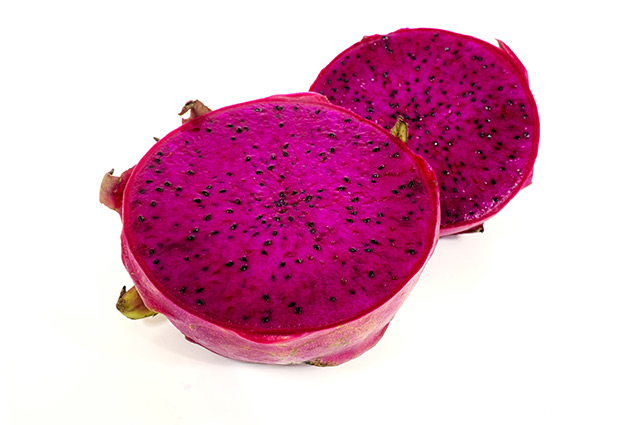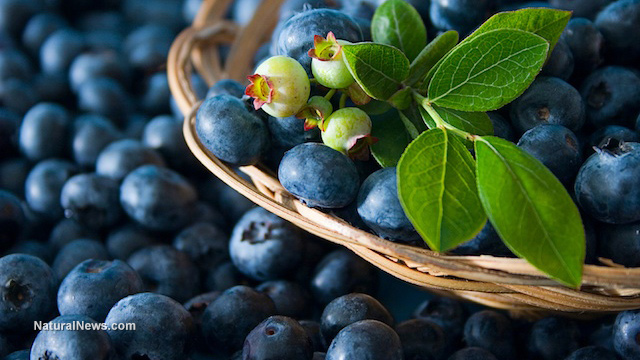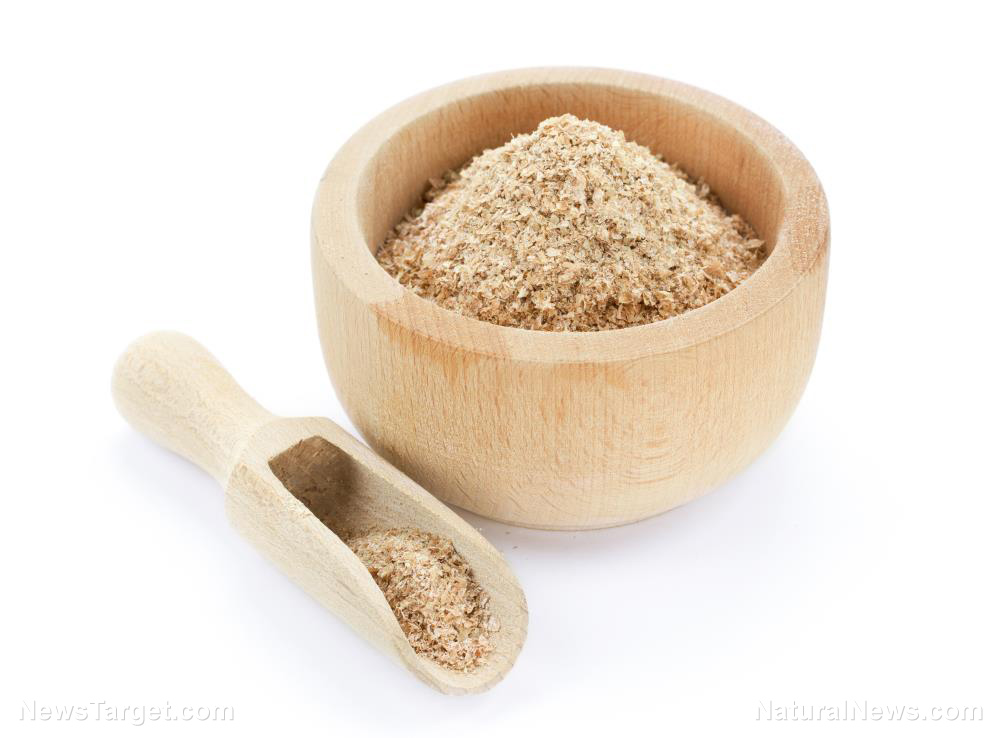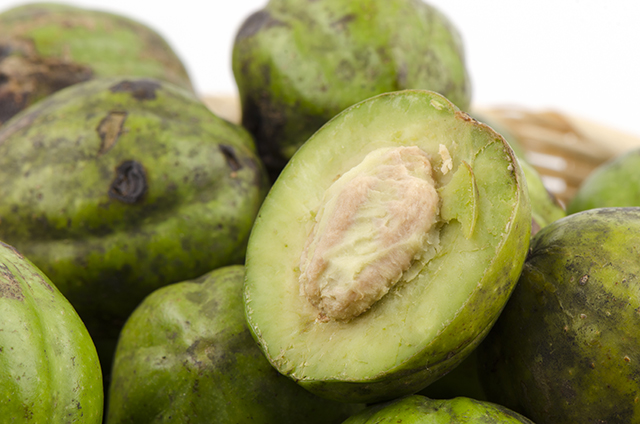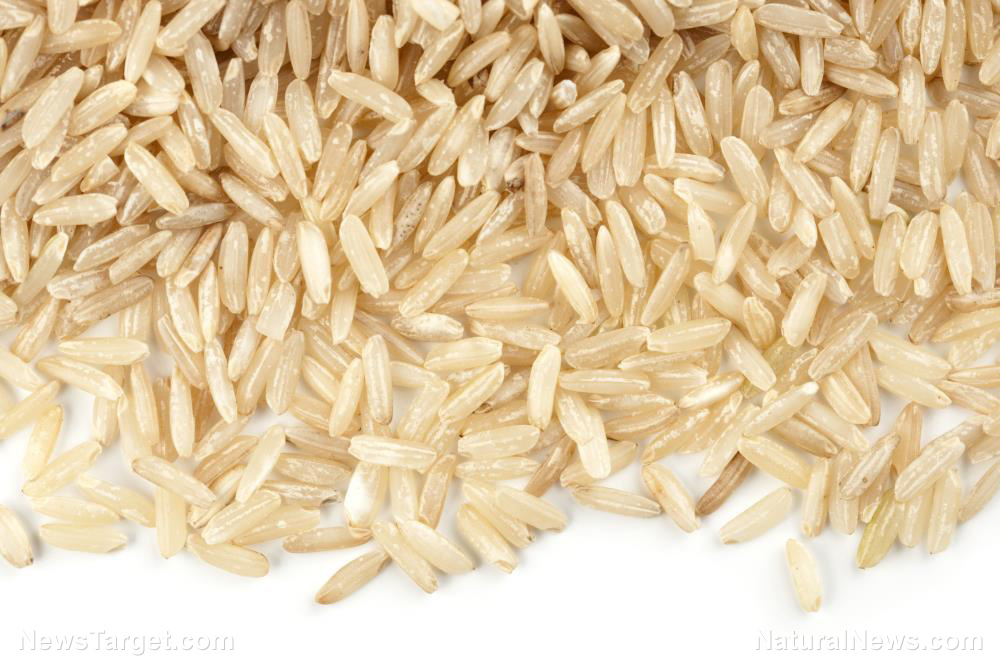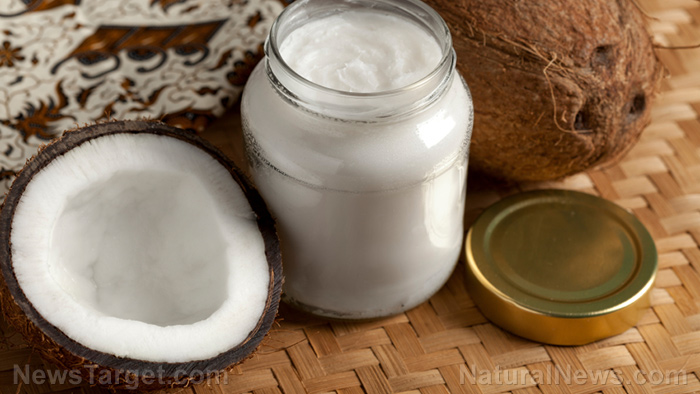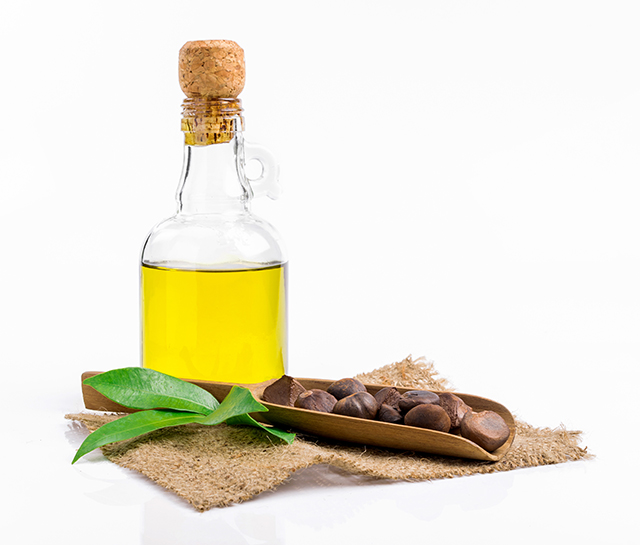Doctors say putting mushrooms in the MICROWAVE increases availability of antioxidants (seriously?)
05/28/2017 / By Tracey Watson
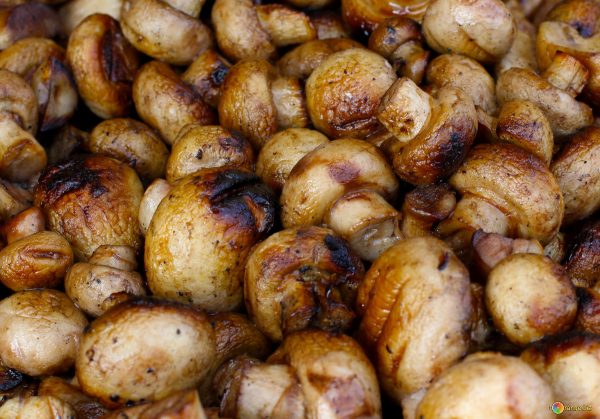
A recent study conducted in Spain and published in the International Journal of Food Sciences and Nutrition, examined different cooking methods to determine how best to preserve the nutrients in mushrooms. Surprisingly, the researchers suggested that microwaving mushrooms was one of the best options for maximizing nutrition. Let’s take a look at how they reached their conclusions, and why, in spite of the study, health-conscious people should always be wary of microwaving food.
Mushrooms really pack a punch in terms of nutrition. They are full of protein, thiamin (vitamin B1), riboflavin (B2), niacin (B3), folate (B9), vitamin C, vitamin D, vitamin E, amino acids and fiber. They are also a powerhouse of minerals, including phosphorous, iron, zinc, potassium, copper, magnesium and selenium. Mushrooms are also high in antioxidants, which is important, because antioxidants protect our cells against diseases like cancer and heart disease by fighting free radicals. [RELATED: Do you know which three mushrooms have been proven to fight disease?]
Studies have even found that certain mushrooms may be potent medicines against cancer.
Mushrooms have been used in tonics, soups, teas and herbal formulas to promote health and longevity for centuries. While a few of the thousands of different types of mushrooms are poisonous, the vast majority are both edible and incredibly healthy.
And, while these little fungi are packed full of flavor, they are also low in fat and calories, making them a great weight loss option. [RELATED: Discover amazing weight loss tips at Slender.news]
The four cooking methods compared for the study were frying, boiling, grilling and microwaving. White button, oyster, shiitake and king oyster mushrooms were used for the experiments.
When the mushrooms were boiled, a large percentage of the antioxidants and proteins were lost to the water in the pan.
Frying caused the mushrooms to lose carbohydrates, protein and precious antioxidants. And another concern with frying is that most oils break down and become damaged when heated and can form harmful compounds like lipid peroxides and aldehydes, which can contribute to cancer.
The researchers next considered microwaving the mushrooms, and because this method of cooking reduces cooking time and requires little water, determined that this was a good choice for optimizing nutrition.
“When mushrooms were cooked by microwave or grill, the content of polyphenol and antioxidant activity increased significantly and there are no significant issues in nutritional value of the cooked mushrooms,” said Irene Roncero-Ramos, of the Mushroom Technological Research Center in La Rioja.
While the idea of using less water and cooking the food more quickly would indeed seem to be healthier, when it comes to using a microwave, it is important to look a little deeper.
Natural Health 365 explains that microwaving uses electromagnetic energy set to a specific frequency to agitate the water molecules in food. This agitation generates heat, which cooks your food from the inside out. The problem is that this friction tears and damages the surrounding molecules, and over time, eating this damaged food can lead to serious health problems, including cancer.
“Your food is being zapped by high-frequency waves of heat, and some people argue that this radiation can be harmful to your health,” said Dr. Edward Group of Global Healing Center.
A study by Dr. Hans Hertel found that people who eat microwaved food experience a decrease in “good” cholesterol, as well reduced red blood cell counts. The number of white blood cells (leukocytes), on the other hand, increased.
“Leukocytes are often signs of pathogenic effects on the living system, such as poisoning and cell damage,” Dr. Hertel warned.
The good news is that the Spanish study did find one other cooking method which did not denude mushrooms of their health benefits, and which is far safer than microwaving, namely grilling.
The best option, they found, is to grill mushrooms with a little olive oil, which increases their antioxidant properties, while providing vital essential fatty acids.
Sources:
Tagged Under:

